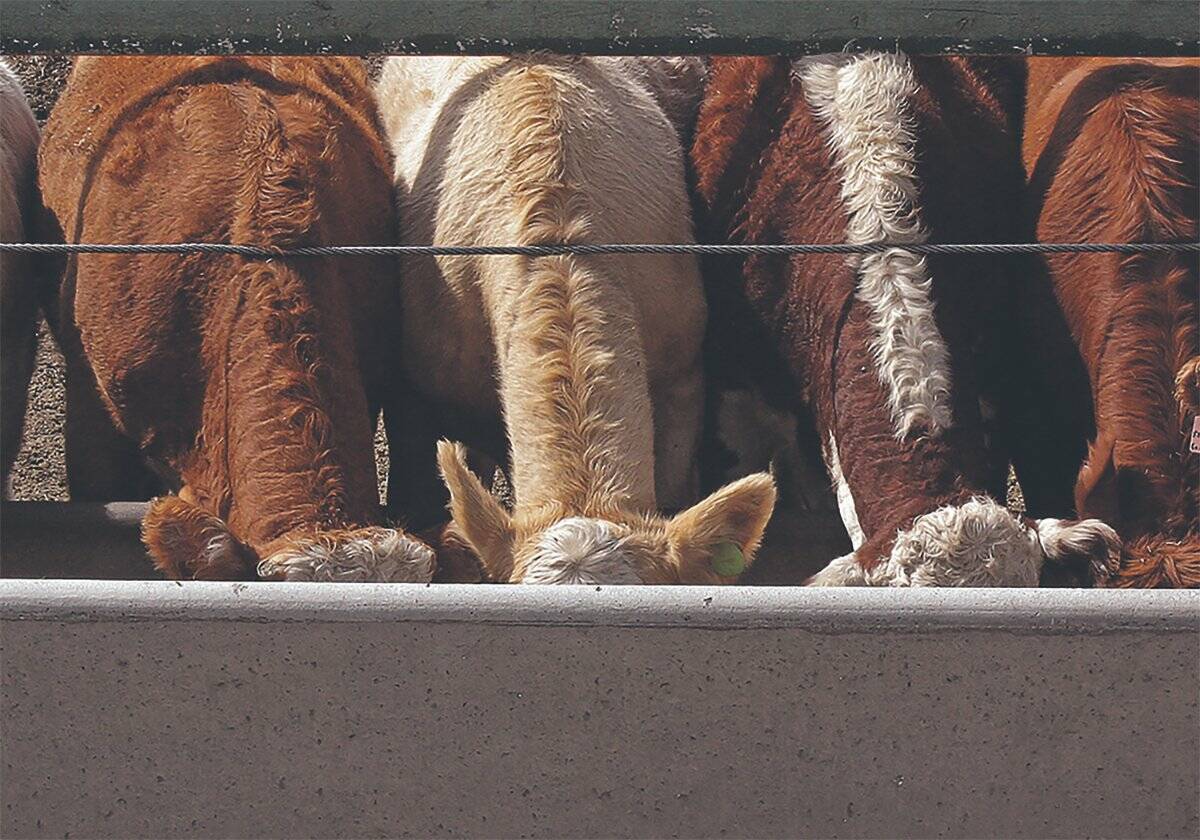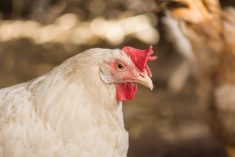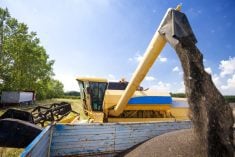LOUISVILLE, Ky. — The American public disdains eating horse meat, but few think about the future of the unwanted horse.
“This is a really complicated issue because most of the horse industry considers them livestock,” said Thomas Lenz, equine veterinarian for Zoetis and a past chair of the Unwanted Horse Coalition.
The public tends to think of horses as pets.
The result is a costly problem in the United States since meat processing plants were shuttered in 2007.
Unwanted horse are those animals their owners no longer want because they are old, sick, injured, skittish or unaffordable. They probably sell for $150 to $200 at auction and their fate may be adoption, retirement to a shelter or export to Canada or Mexico for processing.
Read Also

Ample supplies and improved livestock sector to boost Canadian feed sector: FCC
Abundant feed grain supplies and improved profitability for the livestock sector should support strong feed demand and sales through the winter, says a new report from Farm Credit Canada.
It costs about $400 to euthanize and dispose of the carcass, or the live horse can get exported for about $200, said Lenz during a horse welfare session at the April 16 National Institute of Animal Agriculture conference in Louisville,
Last year, 110,000 horses went to Mexico and 49,000 were exported to Canada. Part of this cutback may because of the stricter health certification required in Canada.
The actual number of unwanted horses is unknown but it is estimated there are about 15,000 running on federal lands.
The government spends about $1,400 to capture each feral horse. If it is not adopted it goes into long-term sanctuary, primarily in Oklahoma and Kansas, where the government pays $500 per horse per year for its care until it dies of old age. These horses used to live to about 10 years but now with good care they may live past 20.
There are a number of rescue operations around the country but they are stretched beyond capacity, said Erika Caslin, manager of the coalition based in Washington, D.C.
A 2009 survey indicated 39 percent are at maximum capacity and 30 percent are nearly full. The government did not make provisions for these animals but some grants are available for shelters that are registered as non-profit entities.
“A lot of them are shutting down. It is so expensive and they are not getting the money they need, and fundraising is hard,” said Caslin.

















